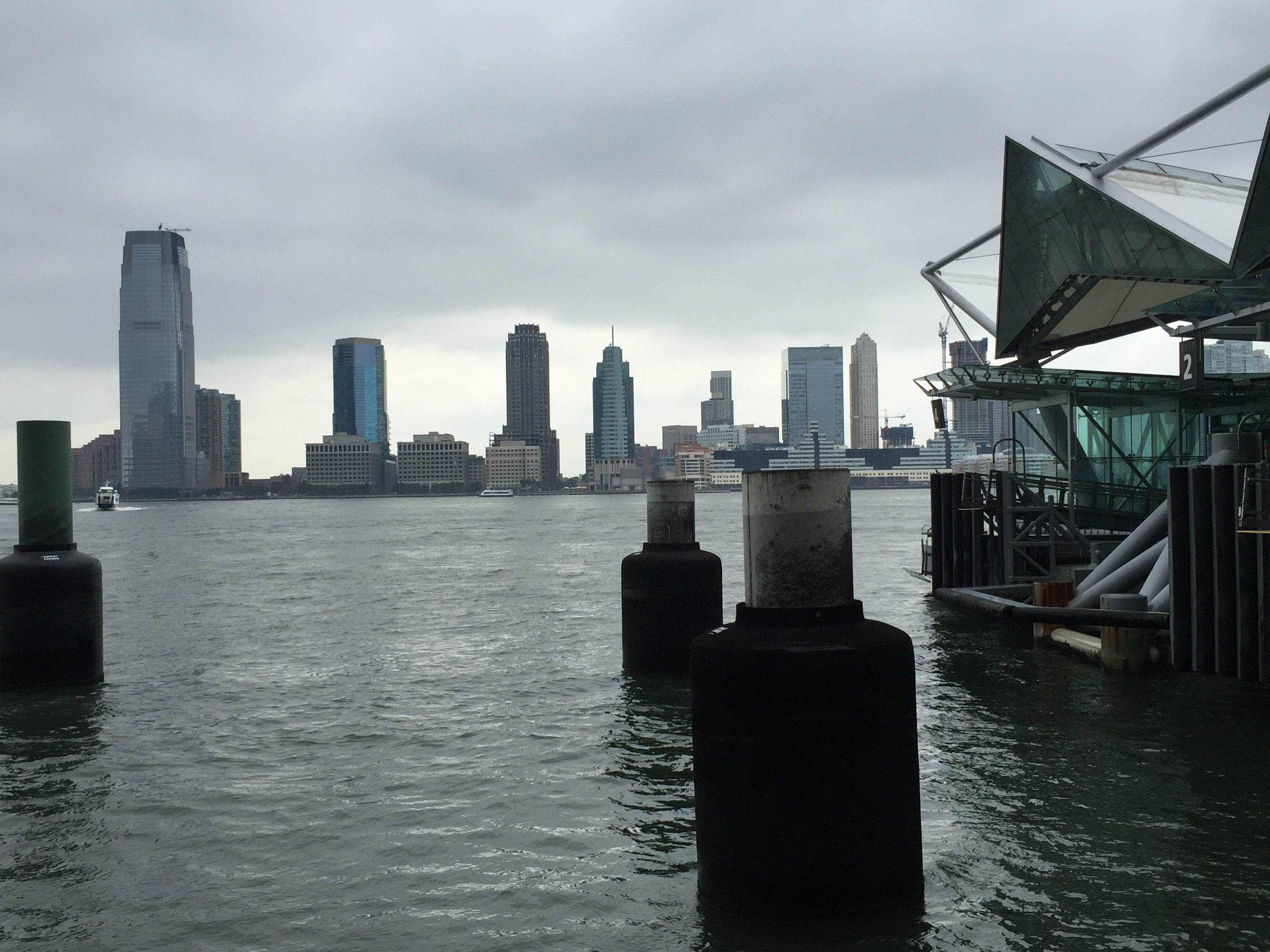America’s Coming War with Iran
by Col. Michael Haas, USAF, ret
Future historians looking back on the U.S.-Iran War (2019), may well be surprised only by how long it took each country to miscalculate and provoke the other one time too many. It’s not as if their respective animosities weren’t festering in plain sight for decades.
Or in the Persian context, festering for centuries; ever since the violent split between Sunnis and Shiites that occurred soon after the death of the Prophet Muhammad in the year 632. In this sense the U.S. is very late to the game, given the Shia and Sunni Muslims were killing each other some twelve hundred centuries before the United States was even a concept. This bloody, Islamic power-struggle goes on today, finding Iran–home to Islam’s distinct Shia minority (10-15% of all Muslims)–arguably intent on finalizing the dispute once and for all . . . potentially with nuclear weapons. Which begs the obvious question: How did America ever find itself in the middle of this?
Fast-forward several centuries from the Prophet’s time to August, 1953 (context: Six months into President Dwight D. Eisenhower’s first term in office). And witness Iran’s military–backed by street protests organized and financed by America’s Central Intelligence Agency–overthrow the government of ‘radical nationalist’ Mohammad Mossadeh. The U.S. sponsored coup–let’s call it what is was–returned to power the monarchical rule of Mohammad Reza Pahlavi, who promptly thanked America by signing over some 40 percent of Iran’s oil fields to U.S. companies.
It was a vintage Cold War dope deal, typical of that done by both the Soviet Union and the U.S. during an era in which both superpowers sought proxies to support their respective ideologies. So, too, it was also the coup that planted the seeds of fury in all that has subsequently come to pass between America and Iran. The world came to know the bitter harvest from those seeds, in the name Ayatollah Kohomeini; the fiery leader of the 1979 Iranian Revolution that ousted Shah Pahlavi to establish the Islamic Republic of Iran.
The Ayatollah never forgot or forgave the U.S. for its intervention. And his followers–today holding all key government positions–appear in total unison with Khomeini’s bitter memories toward America. The least-lethal demonstration of their enmity is seen publicly and routinely in their annual ‘Great Satan’ propaganda parades scorching America. Darker demonstrations of their sincerity are not difficult to find. To wit:
1979: Khomeini’s revolutionaries seize the U.S. Embassy in Teheran, capturing and abusing 52 embassy staff for 444 days. 1983: Lebanon-based Iranian proxy Hezbollah conducts a suicide-bomb attack that kills 241 American military peacekeepers in that country. 1985: Hezbollah kidnaps Beirut-based CIA station chief William Buckley, who dies some five months later from physical neglect and psychological torture.
The mullahs’ collective fever has never really broken, and occasionally flares from the shadows into public view. As in for example, its 2011 plot to assassinate in Washington D.C., Saudi Arabia’s ambassador to the United States. Informed sources report the ‘Arbabsiar Plot’ was directed by none other than Iranian Quds Force senior officer, Abdul Reza Shahlai. The same officer alleged to have played “a central role in the Quds Force’s covert operations against and targeting of U.S. forces in Iraq since the 2003 invasion . . . and again, Shahlai who in 2007 oversaw the kidnapping and assassination of five American service members [U.S. Army soldiers] from a U.S. base in Karbala, Iraq.”
As this OpEd is written the political-military (mis-)calculations so often paving the road to war, continue falling into place with an unsettling familiarity. Iran threatens and bluffs(?), and the Trump Administration saber-rattles by dispatching bombers and naval air power to the Middle East. In the full year that has passed since President Trump withdrew America from Obama’s poorly negotiated (and congressionally unratified) arrangements with Iran’s mullahs, the subsequent course of events has marched in only one direction.
So too the U.S. sanctions that began escalating a year ago, indisputably worsening Iran’s already-existing economic problems. Will these sanctions coerce and deter Iran’s expansionism and nuclear ambitions, or will they create an effect similar to the U.S. sanctions imposed on Japan in 1940; one year to the month before Pearl Harbor?
Atop all this, incredibly, the mullahs continue poking the lion in Tel Aviv. Not prudent. However much the U.S. and Europe may negotiate, putz and even appease, there is precious little evidence the Israelis will go quietly once they perceive their red line is crossed. Not all red lines are created equal and of all people, one might expect the shrewd mullahs to understand the difference between Bibi and Barrack . . . and Donald.
Still, the old and increasingly unpopular mullahs show little public sign of slackening their 1979 fervor; this despite the astounding fact sixty percent of Iran’s population is less than thirty years old. The 1979 revolutionaries’ view of the future is not that of this younger crowd, and these aging zealots know their hourglass is dripping sand.
Make no mistake the same hourglass is dripping sand for America as well. Our badly polarized society and government is nowhere near ready for what Iranian cyberwarfare is almost assuredly capable of doing to the U.S. Homeland. In this author’s view, the Trump Administration has no more urgent priority than getting the American public focused on what’s coming next vis-a-vis Iran. And its likely cost.
Col. Michael Haas, USAF, ret., lived in Iran for two years, flying commercial helicopters supporting the National Iranian Oil Company’s offshore platforms. He is a graduate of the Naval Postgraduate School’s National Security Affairs program, and published author of numerous books and magazine articles on political-military affairs. His Army-Air Force career includes tours in multiple infantry and aircrew Special Operation assignments, as well as postings to the Air Staff and Defense Intelligence Agency.

